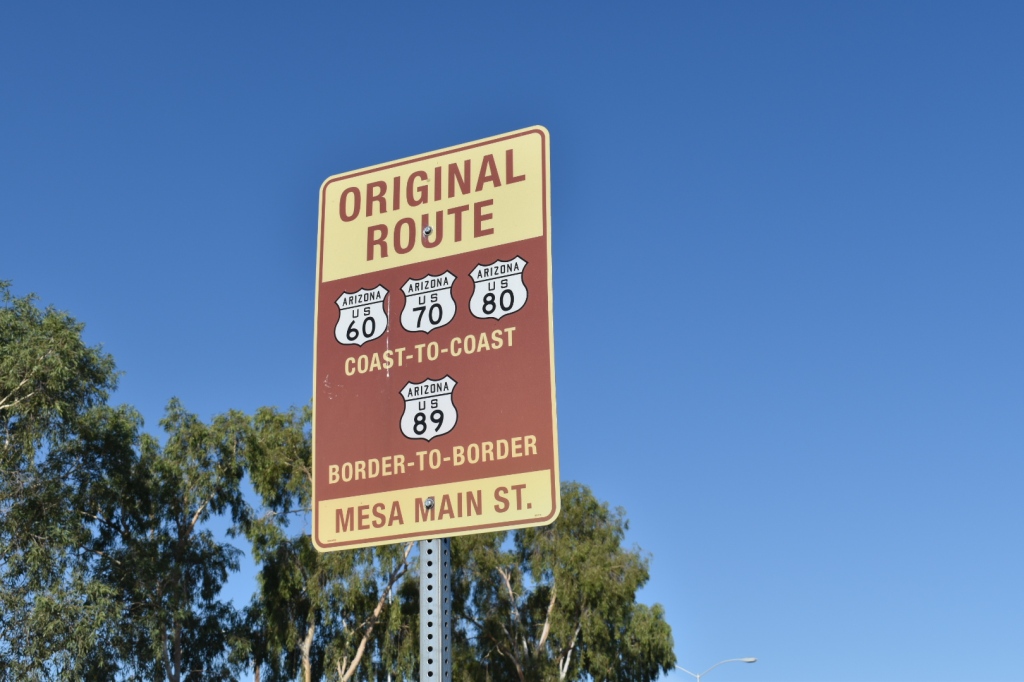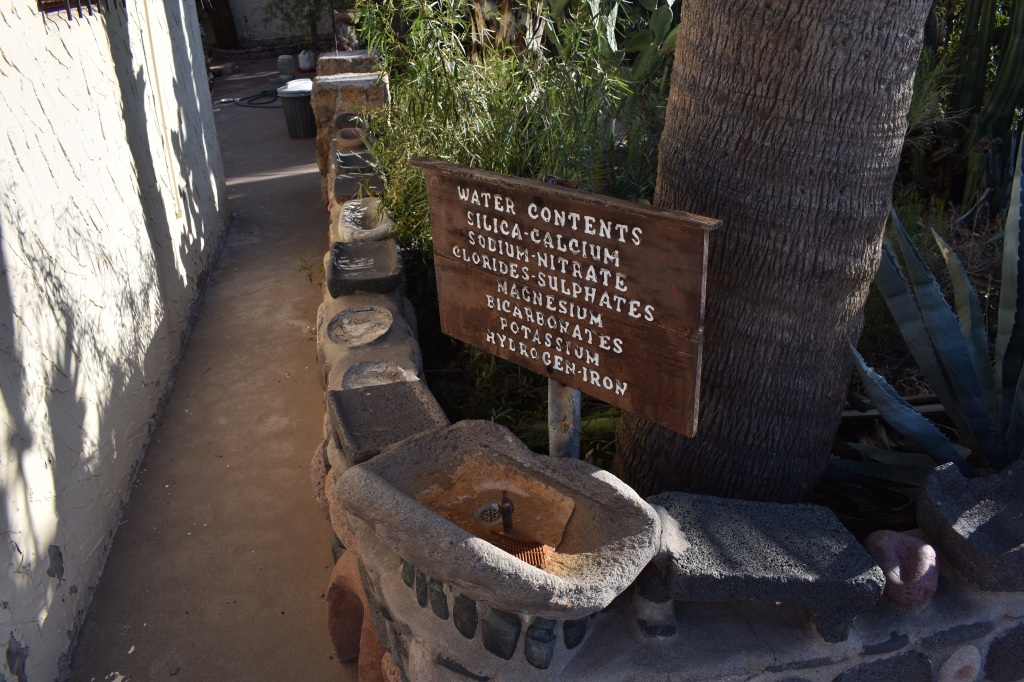Ted Stiger, by accident, created an iconic roadside oasis in the desert. The Buckhorn Baths in Mesa, Arizona, a mecca that denounced segregation, lured Hollywood stars, played host to the political elite, and arguably developed the Cactus League. Ted’s relationship with baseball ushered in the spring training of Americans favorite pastime to the East Valley – and all he did was dig a well.

Arizona was a no-mans-land for centuries, an arid desert, a harsh environment that few called home until the Granite Reef Dam’s construction. Completed in 1908, this early 20th-century engineering marvel on the Salt River diverted water via irrigation canals to Phoenix, allowing growth and development. Soon after, in 1911, the Roosevelt Dam was constructed, providing the valley with affordable electricity.

While Phoenix thrived with its new wealth of utilities, America was on the move. The pursuit of mapping all-season and all-weather roads was in full swing. Routes such as the Bankhead Highway, Dixie Overland Highway, Old Spanish Trail, and U.S. Highway 80 trudged west, each claiming the title coast-to-coast.

Soon travelers filled the roadways. Cars needed gas, passengers needed groceries, resulting in mom and pop shops popping up all along the newly formed transcontinental routes.
In 1936, Ted and Alice Sliger purchased a parcel of property just east of Phoenix in Mesa, Arizona, a purchase that would set in motion a series of events that would culminate into the development of the Buckhorn Baths.
Initially, the couple’s space was occupied by a store, a gas station; in addition to these, Ted found space to display his extensive taxidermy collection.

By 1938 business was good, but there was a problem. Ted had to have water delivered, and with an increase in traffic and patrons, this was becoming impractical. Ted set out to dig a well to find some water beneath his feet. Ted did find water, but not water worth drinking; Ted opened a 120 degrees mineral-rich water well. Water that, at the time, was believed to have healing powers.
Understanding the unique opportunity flowing under their feet, the two built a 27 stone tub bathhouse that could serve 75 guests per day, added cottages, and ultimately employed a staff of 25.

The Cactus League
Bill Veeck, who owned a ranch in Arizona, purchased the Cleveland Indians in 1946. Veeck also intended to introduce African American players to his roster. This would be problematic during spring training in Florida, where Jim Crow Laws still subjected African Americans to sever discrimination; he chose to move spring training to Arizona.
The big issue with this move was that there would be no other teams to play during spring training; Cleveland needed another Arizona team during the spring.
Horace Stoneham, the hands-on owner of the New York Giants, also wintered in Arizona. And as legend has it moved the Giants spring training to Arizona the day he discovered the Buckhorn Baths and the healing waters.
The Giants would call the Buckhorn Baths home each spring for the next 25 years. Legends such as Ty Cobb and Willie Mays would soak in the mineral baths, wander the grounds, and enjoy the mild desert winters.
During a time of racial inequality, The Buckhorn welcomed all players of all colors, allowing the team to stay together on site, something that was not allowed in Florida.
Today, fifteen professional baseball teams call the Phoenix area home during the Cactus League’s season.
Ted passed away in 1984; although it had been decades since the Buckhorn was the Giants’ home base, the baths were still opened and operated along with the motel and the museum, by his wife, Alice.

With Alice at the helm, she drew the last bath in 1999. The motel and museum shuttered around 2005. On November 10, 2010, Alice passed away at 103 years of age.
Today the Buckhorn Baths stand abandoned but well preserved. The mineral-rich still flows through the pipes. A roadside gem. A collection of Americana history.

